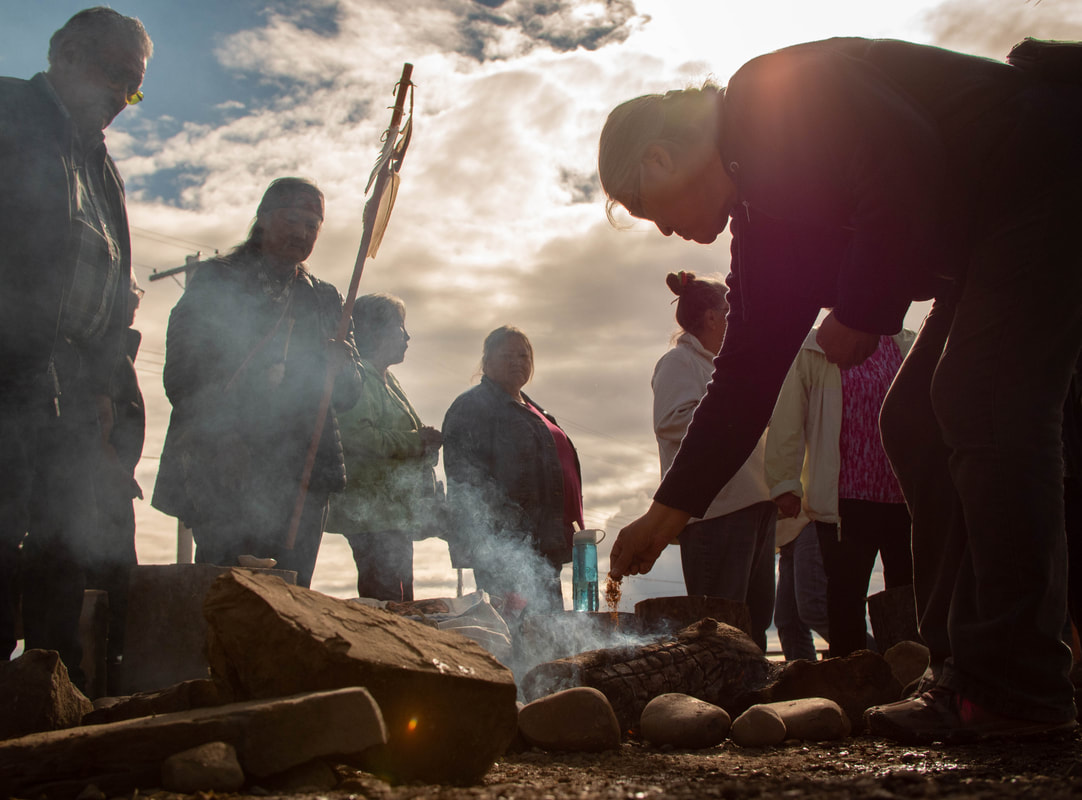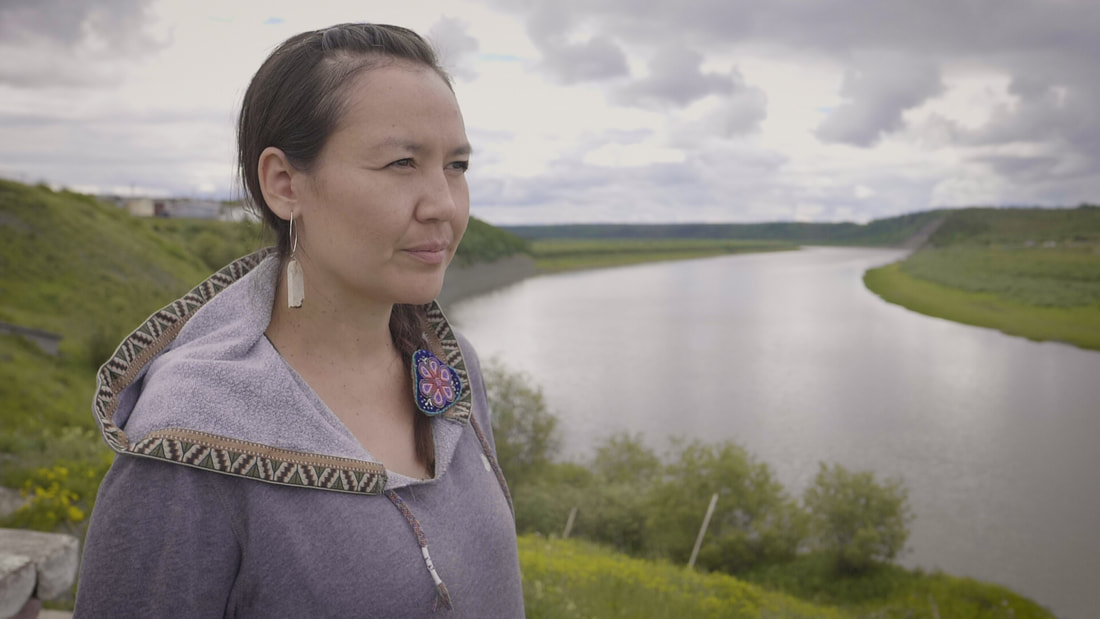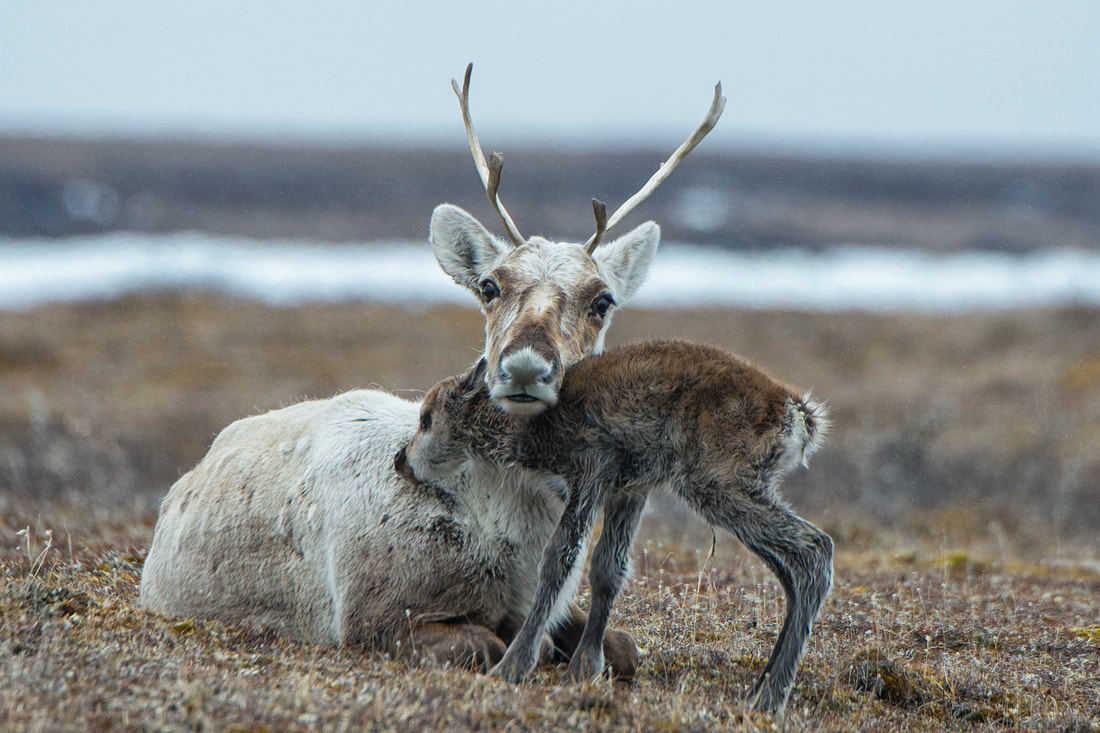|
We reached out to our Jackson Wild Media Awards filmmakers to ask them five questions about the experience of making their films.
What inspired this story? Director, DP and Editor Katie Schuler: I found out about the Arctic National Wildlife Refuge and the threats facing it from wildlife photographer and friend, Peter Mather. His images inspired and impressed upon me the need for more storytelling about refuge. The Arctic Refuge is one of the last truly wild landscapes on Earth. It holds vital habitat for the Porcupine Caribou Herd and is home to polar bears, musk oxen and many other species that could be harmed by drilling. To the indigenous Gwich’in people—whose survival depends on a healthy Porcupine Caribou Herd—protecting the refuge is a matter of human rights. With the support of International League of Conservation Photographers, Peter launched a multi-expedition effort to save the Refuge, and I was able to join two of these expeditions. We then partnered with the Wilderness society which gave us the funding to create a short documentary. We knew it had to cover the most pressing issue, the impending oil and gas development on the calving grounds of the Porcupine Caribou herd, but we needed an Alaska Native Gwich’in character to be our voice. Many stories already covered Gwich’in hunters and activists, but I wanted to tap into something primal and universal. I thought about the pregnant female caribou and the extreme lengths they’ve gone to, for thousands of years, to reach the calving grounds. How the calving grounds are irreplaceable, the perfect habitat for bringing new life into the world. That’s when Peter mentioned to me, during one of our many conversations, that there was a Gwich’in mother, Erika Tizya-Tramm who just gave birth. I decided she would be my voice and I would intertwine her experience as a mother giving birth to Ni’inlii with the fate of the mother caribou. Describe some of the challenges faced while making this film. KS: We had come to the Arctic refuge to see and understand what the country and the world stand to lose if America’s largest and most pristine wildlife refuge is open to oil and gas drilling. Our team of four set our sites on intercepting the world’s largest land mammal migration, that of the Porcupine Caribou Heard. We first flew to Fairbanks, then took a small plane to Arctic village and finally took two trips to fly-in our gear by an even smaller, three-person cessna. We landed on a river bed near the Alaska / Canada border and from there we hiked for two days all the way to the Coastal Plain. We came across several wolves and grizzly bears while charting a path through unexpected blizzards, and over snow drifts. We also saw a cheeky arctic fox stealing ptarmigan eggs. My favorite moment was waiting for Caribou while hiding out in a hole that was once dug by a grizzly bear to hide a caribou kill. Our return hike was a bit dicey because we had a narrow window to meet our pilot between blizzards and had to cross some fast flowing rivers while also running low on food. I hope everyone has a chance to visit the Arctic Refuge before it is forever altered. It’s one of the last truly wild places on earth (not to mention on American soil), you can go days without seeing any sign of humans. Anyone who has the privilege of experiencing this epic landscape and its incredible biodiversity will understand why it needs our protection. How can audience members take action to help the cause or issue featured in this film? KS: Congress passed a backdoor provision that allowed the Trump administration to begin the process for leasing vulnerable refuge lands to oil companies. The Arctic Refuge is now facing a pivotal moment. Oil companies are making plans to conduct damaging seismic testing in the refuge. Meanwhile the government is fast-tracking required environmental reviews, due to come out this month! Oil development would bring roads, airstrips, heavy machinery and noise and pollution. This would damage the refuge’s fragile tundra ecosystem and disrupt age-old migration and denning patterns for caribou, polar bear and other animals. While the threat to the refuge is higher than ever, the fight is not over. We have made great strides building conservation champions in Congress who aim to counteract the latest threats. Many of them wish to permanently protect the refuge through legislation. A bill to protect the Arctic National Wildlife Refuge from oil development has been introduced in the U.S. House of Representatives. We need your help to encourage House members to push this bill past the finish line. Please take action by going to Wilderness.org/arcticrefuge.
1 Comment
|
Archives
March 2024
Categories
All
|
Contact UsJackson Wild
240 S. Glenwood, Suite 102 PO Box 3940 Jackson, WY 83001 307-200-3286 info@jacksonwild.org |




 RSS Feed
RSS Feed